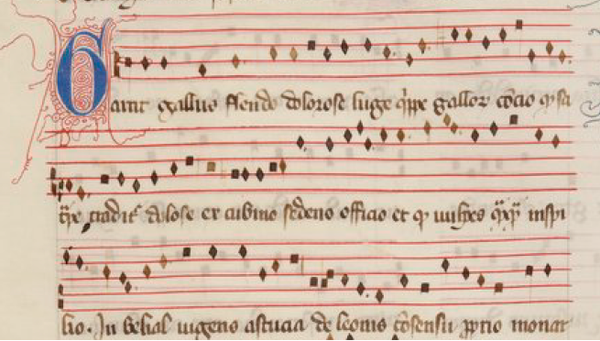
The Treble Clef: A Musical Symbol With Deep Meaning
Music is a universal language that allows us to express emotions, transmit messages and connect with others. But behind those beautiful melodies are hidden symbols and elements that give life to music. One such symbol is the treble clef , an essential element in music notation that allows us to identify and understand the musical notes on a staff. That is why it is not surprising that, being such a recognizable icon, we wear it as an accessory in our day to day, such as the treble clef necklace .
In this article, we will explore in depth what the treble clef is and why it is so important in the world of music.

What is the treble clef?
The treble clef is a musical symbol that is placed at the beginning of a staff to indicate the pitch of the notes . It consists of a figure resembling a stylized "S" with a point on the lower curve and two lines that intertwine around the second line of the staff. The position of the treble clef on the staff determines the note that will be placed on the second line.
Importance of the treble clef
The treble clef is essential in musical notation because it allows us to identify the position of the notes on the staff. Each line and space on the staff corresponds to a specific note in the Western musical notation system. The treble clef tells us that the second line of the staff represents the note Sol, and from that reference we can identify all the other notes.
In addition to indicating the height of the notes, the treble clef also gives us information about the range of an instrument or the range of a voice. For example, in piano sheet music, the treble clef is placed on the second line of the staff to indicate that the right hand should play the high notes, while the left hand is in a lower position.
The historical origin of the treble clef

The treble clef has an interesting historical origin. In the 11th century, Benedictine monks developed a musical notation system called neumes, which consisted of small marks on the liturgical text to indicate the melody. Over time, these markings evolved into the musical keys we know today.
The treble clef in the context of music
The treble clef is used in a variety of musical contexts. It is commonly used in scores for string instruments, wind instruments, and voices. In addition, it is especially relevant in the notation for melodic instruments, such as the piano, since it indicates the position of the notes on the keyboard.
The treble clef is a very important musical symbol that allows us to identify and understand the notes on a staff. Its position on the staff indicates the height of the notes and helps us understand the range of an instrument or the range of a voice. Without the treble clef, the musical notation would be confusing and difficult to interpret. It is an essential element in the world of music and a fundamental tool for composing, performing and appreciating the wonders of music.
If you are interested in learning music or deepening your knowledge, understanding the treble clef is the first step to deciphering the musical language and immersing yourself in a world of emotions and artistic expression.
jewelry in trend
The latest jewelry for women
2 colors available
2 colors available
1 color available
2 colors available














Leave a comment
This site is protected by hCaptcha and the hCaptcha Privacy Policy and Terms of Service apply.